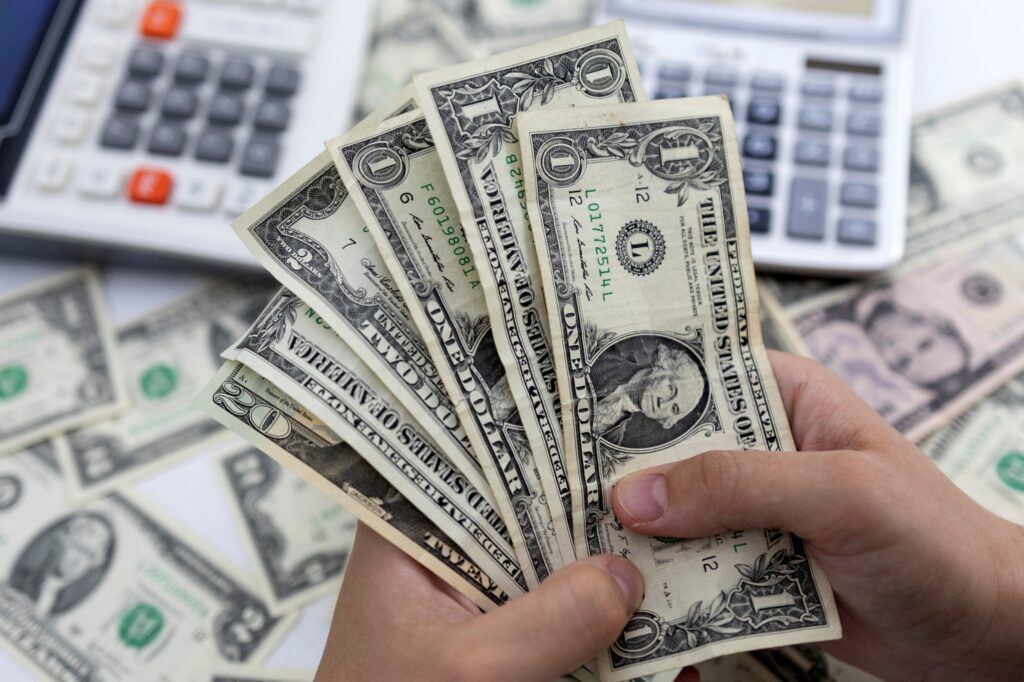
Following US President Donald Trump’s imposition of higher tariff rates on dozens of trading partners on Friday, the dollar continued its upward trajectory and headed for its highest weekly performance in nearly three years against other major currencies.
The currencies of some of the hardest-hit nations, such Switzerland, which now has a 39 percent rate, plummeted. The Canadian dollar was set for its eighth consecutive weekly loss, and the Swiss franc hit its lowest level in six weeks.
In addition, factors other than tariffs contributed to the dollar’s increase vs other currencies. After the Bank of Japan indicated it was not in a rush to start interest rate rises, the yen headed for its worst weekly loss of the year. Finance Minister Katsunobu Kato said on Friday that authorities were “alarmed” by currency movements. The monthly US employment report, which is released on Friday, is anticipated to reveal that 110,000 new employees were added to nonfarm payrolls in July. Investors’ belief that Trump’s tariffs haven’t completely destroyed the economy or significantly reduced inflation thus far has markedly contributed to the dollar’s rise this month.
The Federal Reserve has stated that it is not in a rush to lower rates, even if Trump has put pressure on Chair Jerome Powell to do so. According to IG strategist Chris Beauchamp, even if a lower reading prompts some selling of US assets like the dollar, Friday’s payrolls news would not have a significant impact on that assumption.
Also Read:
The Catalyst of Market Transformation: Zoubaida Zorkot’s Vision for Saudi Arabia’s Future
Pioneering Innovative and Customer-centric Financial Services: Jumana Saeh






